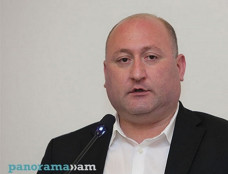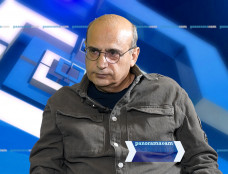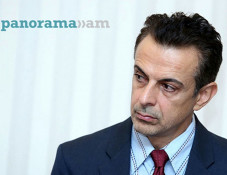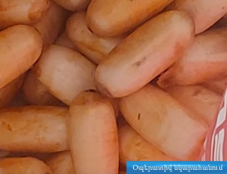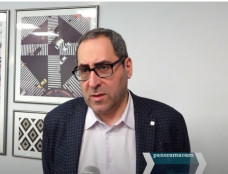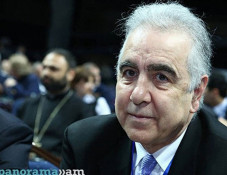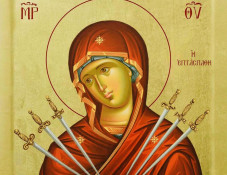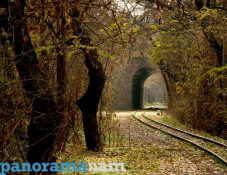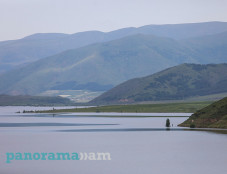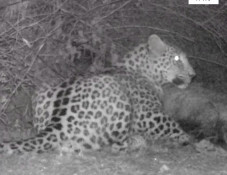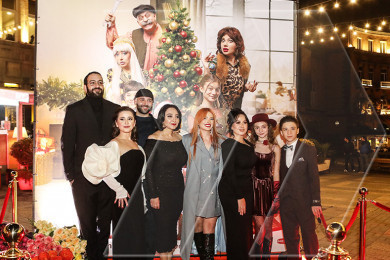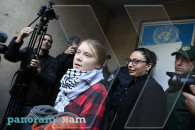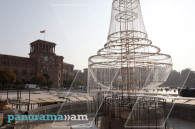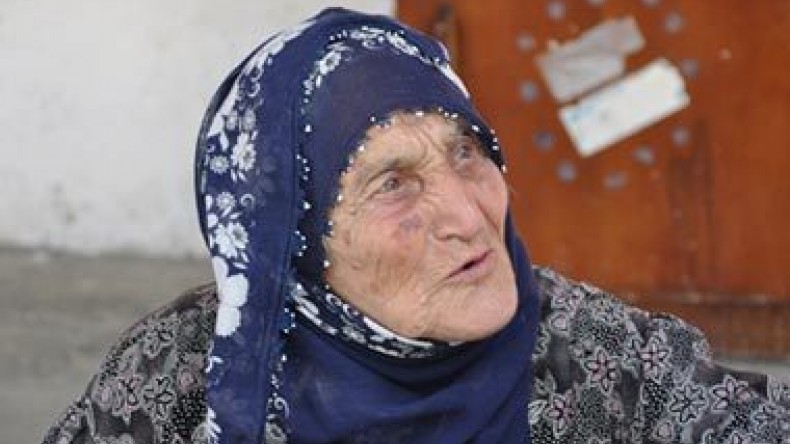
In a Turkish town that had 10,000 Armenians, now there is only one
Chris Bohjalian for The Washington Post
A woman I met last month in southwestern Turkey is going to die, probably sometime soon. Asiya’s death will not be covered by any news service, and for all but a few people in her small village of Chunkush, she will not be missed. Even the relatives who love her will probably think to themselves, well, she was 98 years old. Or 99. Or, if she survives until 2015, somewhere in the neighborhood of a century. She will have lived a long life.
When I met Asiya in May, her daughter brought me strong Kurdish tea and fresh strawberries from their yard, and when I return to her village someday and find that she has indeed passed away, I suspect I’m going to weep.
Why cry for a woman I met but once, who lived a long life and who couldn’t understand a word I said? Who spoke only Turkish, a language in which I know how to say only “please” and “thank you”?
Because Asiya is what some people call a hidden Armenian, and she is the last surviving Armenian in Chunkush.
I met her when I was traveling with six Armenian American friends through a part of Turkey that many Armenians (including me) refer to as Historic Armenia. We were in a region that today is largely Kurdish but as recently as 98 years ago was a mixture of Kurds, Turks, Assyrians and Armenians. We were making a pilgrimage to view the ruins of Armenian churches and monasteries, the remnants of a culture obliterated from this corner of the Earth in the Armenian genocide. During the First World War, 1.5 million Armenians were systematically annihilated — three out of every four living in the Ottoman Empire.
On our fifth day, we visited Chunkush, where until 1915 there was a thriving community of 10,000 Armenians. The ruins of the church loom over you. The town was almost entirely Armenian. Over a few nightmarish days that summer, Turkish gendarmes and Kurdish chetes — killing parties — descended on the village and marched almost every Armenian two hours away to a ravine called Dudan, where they shot, bayoneted or simply threw them into a chasm of several hundred feet. One of the gendarmes pulled Asiya’s mother from the line at the edge of the ravine, however, because he thought she was pretty. He decided he’d marry her. And so she was spared — one of the very few Armenians who were saved that summer day in 1915.
My companions and I hadn’t expected to find Asiya when we journeyed to Chunkush. We simply wanted to see the ruins of the church. Most of the villagers acknowledged that once upon a time Armenians had lived in Chunkush, but they were quick to add — whenever we asked what had happened to them — that at some point they had all “moved away.”
The truth was, they were still there, whatever remained of their bones deteriorating at the bottom of the Dudan chasm. We didn’t think there were any living Armenians in the town.
But as we were leaving, a thin fellow in his 60s, with a deeply weathered face and a ball cap, raced up to our van and banged on the door. We had been there an hour, and word had spread that Americans were in town. We had to meet his mother-in-law, he said.
Our Kurdish driver worried that this was the beginning of a nasty international incident: Seven Americans kidnapped or killed. But the fellow was desperate, so we agreed to come meet Asiya. My friend Khatchig Mouradian, editor of the Armenian Weekly in the United States, speaks Turkish and translated.
I have met survivors of the Armenian genocide before, including my grandparents. But meeting Asiya was different. She wasn’t in Washington or Paris or Beirut. She wasn’t a part of the Armenian diaspora, where we usually find the few remaining survivors of the genocide. Here was someone whose mother had been at the edge of the gorge — and who was still living where, more than likely, her grandparents and her father had been executed. Where her ancestral culture had been exterminated.
After the massacre, the town of 10,000 Armenians was reinvented as a town of 10,000 Kurds. Here was someone whose mother had heard the endless gunshots. The crash of the bodies on the rocks. The wails of the children.
She and her mother had grown up and grown old, aware of who and what they were — Armenian — but forced to conform and remain silent. That was the price of survival in the days after the genocide, and it’s a custom that, in small villages such as Chunkush, endures today. That is, perhaps, the very definition of a hidden Armenian.
Whenever we asked Asiya about being Armenian, she would shake her head ruefully and grow silent. One time her daughter chimed in: “No. We can’t talk about that.”
Whenever we asked what her mother had told her of the chasm, she would look down and murmur: “I was too young. I don’t remember.” Sometimes she would begin a sentence, “My mother said . . .” but then her voice would trail off.
At one of those moments when she paused, I took her hand. It was a reflex, and I had no idea if this was a cultural faux pas. But she wrapped my fingers in hers; her grip was powerful. She looked at me from beneath her headdress with eyes that were at once among the saddest and the strongest I’ve ever seen. I understood instantly why her son-in-law, a very good man, wanted us to meet her: It was because she wanted to meet us. She wanted to meet other Armenians.
Today there are but a handful of living survivors of the Armenian genocide. When the centennial arrives in 2015, there will be fewer still. I hope that Asiya will be with us, because I plan to return to Chunkush that year. No one from the village is going to commemorate the 10,000 who died in that chasm, so it will be up to people like me to make that effort — and, yes, to embrace the Asiyas of the world who were there.
Newsfeed
Videos





